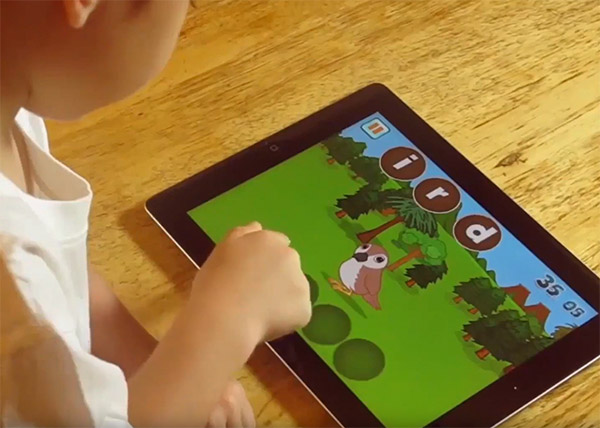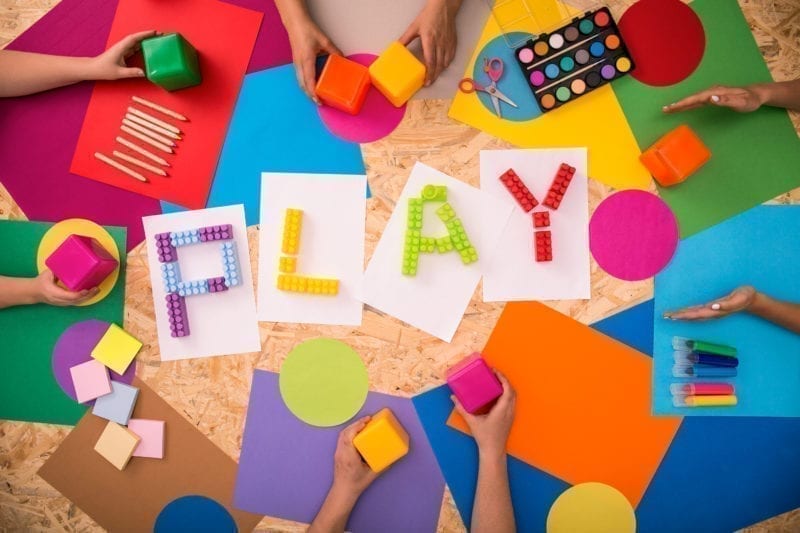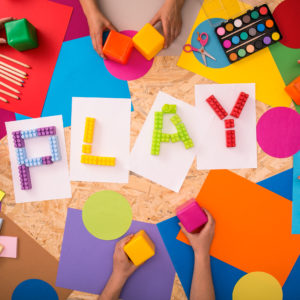In the midst of a global crisis, it is difficult for all of us—parents, students, and teachers alike—to maintain our usual focus on education; especially with the disruptions to school routines appearing around the world. Now, more than ever, our young learners need our help to stay focused and motivated to keep learning.

Vocabulary lists are often met with groans and complaints of boredom, but it doesn’t have to be this way! Make the most of vocabulary instruction by transforming it into something fun—all while using new words in context and strengthening communication skills. If nothing else, language can help connect us all in times of uncertainty, and words have the power to change the world.
So, without further ado, here are fifteen exciting vocabulary lessons to try at school or at home!
1. Drama Queens (and Kings!)
If you can’t learn vocabulary in context, create the context around the vocabulary! After a brief review of word meanings, have learners work together or independently to create a short skit demonstrating the word in context. For an additional challenge, require the skits to be silent… Then turn them into a game of charades by having other students guess the word!
2. Creative Writing
Get kids’ creative juices flowing and strengthen their vocabulary skills by infusing creativity in their writing. Provide a fun, open-ended writing prompt and have students write to it using one or more of their vocabulary words. Encourage stories to be as silly, outlandish, and creative as can be—then share with one another!
3. Word Family Trees
If your kids learn about root words or word families in vocabulary, take their understanding a step further by turning the concept into a physical project: a “Word Family Tree,” made of construction paper, paint, or even real leaves and branches. Then, have kids search for other “word family members” and keep the branches growing!
4. Be the Teacher
Students love—and thrive on—taking control of their own learning. By asking kids to become an expert on a few vocabulary words at a time, you empower them to understand the words on a deeper level. Then, have them teach their knowledge to others; you’ll be surprised at the creative teaching strategies they can come up with!
5. Make it Musical
Music can be an incredibly effective mnemonic device for kids. Come up with short songs or jingles together about the vocabulary words and their meanings. If you can, use background music or instruments to make it even more fun!

6. Hand Signals
Just as with music and drama, physical movement is highly effective in helping kids remember vocabulary words. Together, come up with a hand movement for each word that somehow represents its meaning (wings flapping for aviary; a self-hug for compassion; etc.). To review a word, all you need to do is show the hand signal!
7. Poetry
Perhaps more than any other written form, poetry evokes strong emotions using relatively few words. Challenge your learners to capture the meaning of vocabulary words by writing a poem about (or including) them. The emotional connection, coupled with the rhyme and meter of poetry, will help the meaning stick!
8. Pictionary
This classic game is an excellent opportunity for students to practice using and visualizing vocabulary in context. As one player illustrates a vocabulary word of their choice, their partner tries to guess the word. (Bonus: The more complex the word, the more innovative their drawings will be!)
 9. My Word Wall
9. My Word Wall
Many classrooms use Word Walls to record and reference vocabulary throughout the year. If your curriculum allows, try having students create their own vocabulary lists to add to a personal Word Wall. They may choose challenging words they come across in listening, reading, or speaking—then they can use them correctly in context.
10. Vocabulary Jenga
Jenga is a crowd favorite for review games in my second grade classroom. As students pull a brick from the tower, they can use the vocabulary word written on the brick in a sentence. Colored Jenga blocks work especially well for this activity, as you can color-code the words for each list and play Jenga review week after week.
11. Gallery Walk
Gallery Walks are a great way to introduce vocabulary while getting kids up and moving around. Display vocabulary words around the room, surrounded by relevant pictures, definitions, synonyms, etc. Students can walk around the gallery to observe, take notes, or add their own comments to each “exhibit”.

12. Word Building
In a Word Building activity, students can use a variety of materials (LEGOs, stamps, magnets, stickers, etc.) to construct their vocabulary words. Then, for each word, they can practice using it in a sentence correctly. (Bonus: Word Building is also a great way to practice spelling!)
13. Word of the Day
In times of uncertainty, routines can be everything for kids. Introducing vocabulary as a “Word of the Day” helps kids know what to expect when it comes to their vocabulary, and gives them something to look forward to. Try revealing words in an interesting way, such as with a puzzle or a game of hangman!
14. Matching/Memory Card game
Memory is a classic card game that can work as a fun review for any vocabulary list. Have students match their words to corresponding pictures, definitions, sentences, synonyms, or any other association. Then shuffle them up—and play again!
15. Cross-Curriculum Challenge
The best way to learn vocabulary in context is by putting it in context! If you can, try to align vocabulary lists with other subject areas, like math, science, or social studies. The more that kids are able to see and use the words in context, the more familiar they’ll become!
Have you tried the Fun English app with your kids?
Download Fun English and and help your child start learning today!


